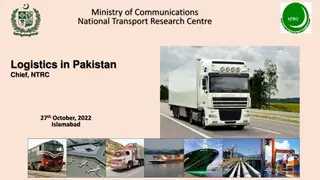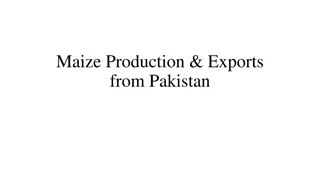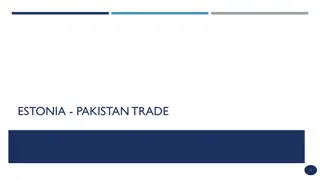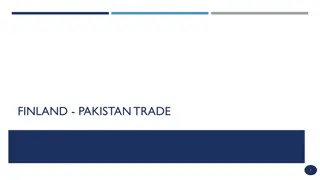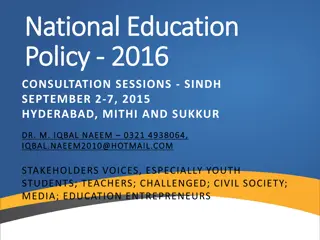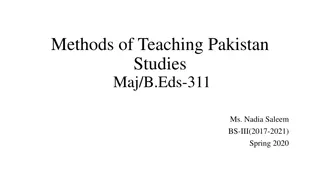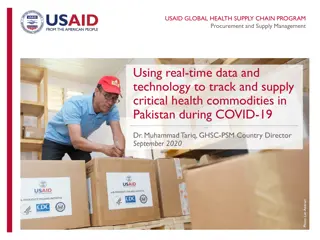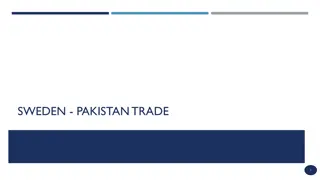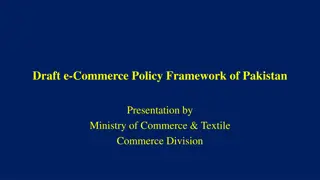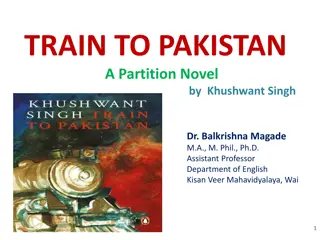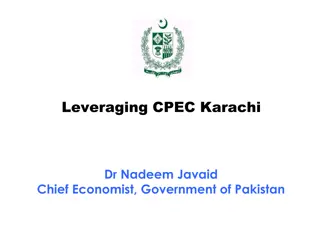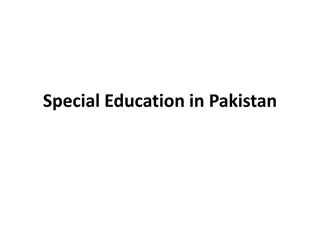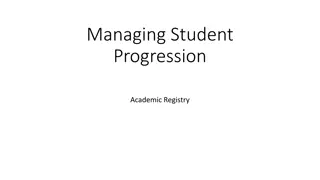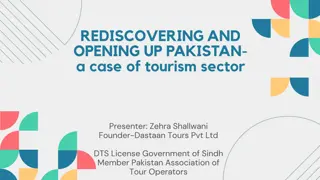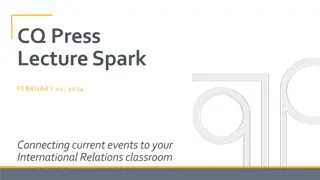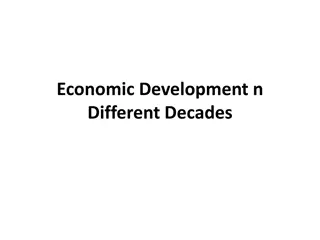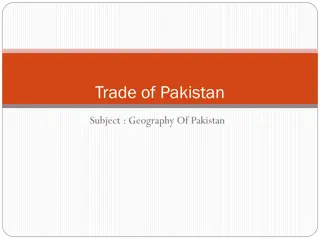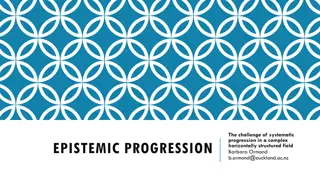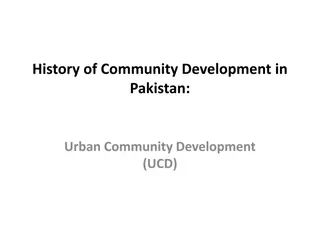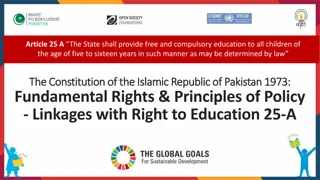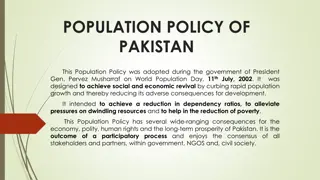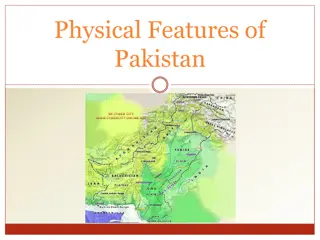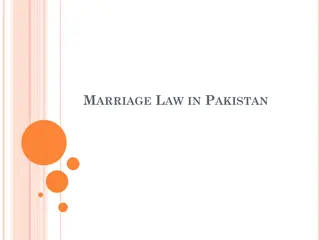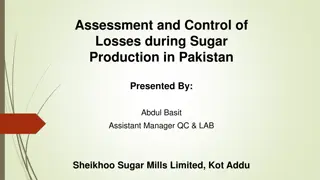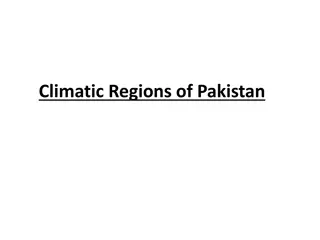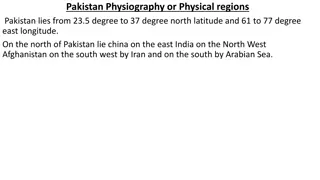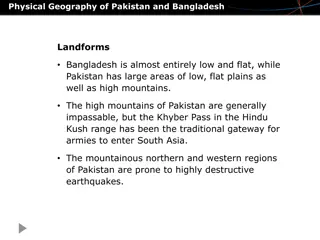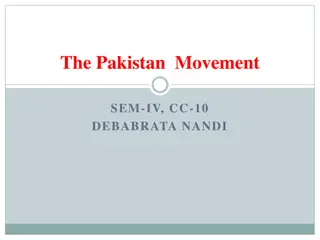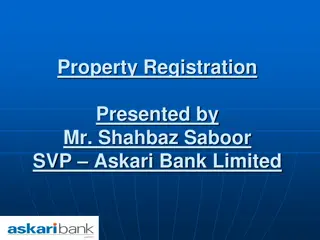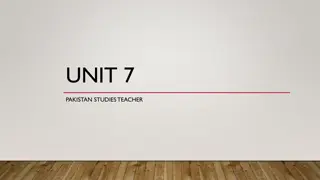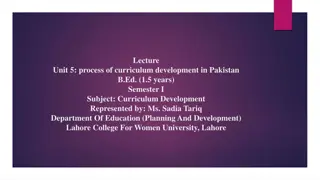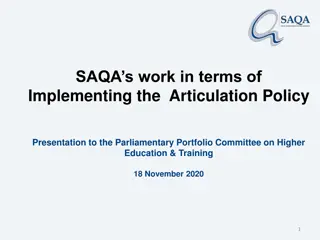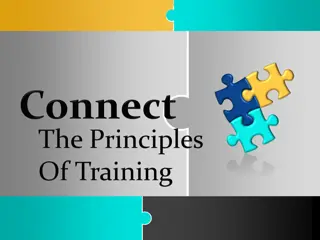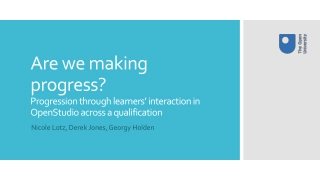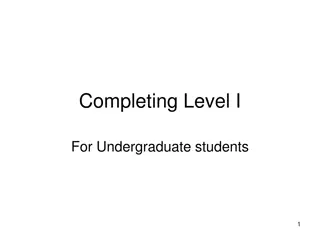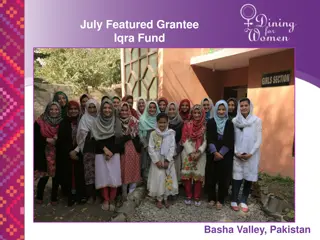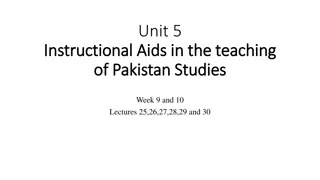National Education Policy Progression and Challenges in Pakistan
The journey of educational policy in Pakistan from 1947 to date has seen various developments and challenges. The shift in responsibilities post the 18th Amendment, the inclusion of education as a fundamental right in the Constitution, and the need for revising the National Education Policy 2009 to align with new goals are key highlights. Stakeholder consultations in Baluchistan shed light on the importance of addressing neglected areas like special education and integrating Sustainable Development Goals in the education sector.
Download Presentation

Please find below an Image/Link to download the presentation.
The content on the website is provided AS IS for your information and personal use only. It may not be sold, licensed, or shared on other websites without obtaining consent from the author. Download presentation by click this link. If you encounter any issues during the download, it is possible that the publisher has removed the file from their server.
E N D
Presentation Transcript
National Education Policy - 2016 Consultation Sessions - Baluchistan September 15th, 2015 Quetta Stakeholders Voices By: Izzah Meyer Manager Policy, Research and Action Naghmana Ambreen Provincial Communications Coordinator
National Education Policy- Chronology of Policies 1947-2015 First Educational Conference, 1947 Report of the Commission on National Education, 1959 Education Policy, 1970 The Education Policy, 1972-1980 National Education Policy and Implementation Programs, 1979 National Education Policy, 1992-2002 National Education Policy, 1998-2010 Educational Sector Reforms, 2001 National Education Policy, 2009
18thAmendment April 19, 2010 Abolishing the concurrent list transferring the residuary powers to provinces for 47 subjects including Education and Health This led to major shifts in entitlements, decision making and responsibilities across the federation. Subjects on which both federal and provincial governments could make laws were devolved completely to the provinces with the abolition of the concurrent list
Constitution of Pakistan Article 25-A - 2010 Fundamental Right to Education The State shall provide free and compulsory education to all children of the age five to sixteen years in such manner may be determined by law
Revision of National Education Policy (NEP) 2009 Despite its efforts, Pakistan is still falling short on its commitment to achieve Universal Primary Education (UPE) and desired literacy rates (87% by 2015 EFA- NPA) The need to review the NEP 2009 is essential so we can: match and upgrade decision making aligned to the devolved provincial set up and in light of article 25-A Address areas previously neglected in NEP 2009- e.g.Special/inclusive Education; ICTs; Integrate the upcoming Sustainable Development Goals (SDGs) especially SDG# 4 and its 10 targets for education (to be finalized September 2015 globally) ; this replaces the MDGs. Sadly Pakistan remains off track to meet the MDGs (Goals 2 on UPE and 3 on Gender Equality ) Identify the role of the community as a major support and accountability forum
Vision NEP 2009 Vision- Our education system must provide quality education to our children and youth to enable them to realize their individual potential and contribute to development of society and nation, creating a sense of Pakistani nationhood, the concepts of tolerance, social justice, democracy, their regional and local culture and history based on the basic ideology enunciated in the Constitution of the Islamic Republic of Pakistan. (Source: NEP 2009 pg.17)
Government Recommended Framework for NEP 2009 The federal government has proposed a set of general guidelines These include: Revision of the vision, mission, and objectives of the policy All chapters to be revised in light of the 18thamendment The new policy document will be theme specific rather than subsector specific Policy should be accompanied by an implementation framework, annual targets, and estimated costs A recommended layout of the policy framework is as follows:
NEP 2009 themes NEP 2016- proposed themes /areas National Education Policy: Challenges and Deficiencies Access for all levels (ECE to Higher Education incl. TVET, NFE/Literacy- mindful of inclusive education, public and private sector/madrassahs) Quality (for all Levels underscoring learning outcomes and ICTs in all delivery systems) Fulfilling the Commitment Gap Fulfilling the Implementation Gap Public Private Partnership at all levels/services Islamic Education Medium of Instruction challenges Language Issues Broadening the Base and Achieving Access Teaching of Foreign Languages- English /Others Revival, Strengthening, and Activation of the role of National Cadet Core, Boys Scout, and Girls Guide Raising the Quality of Education Strengthening Skill Development and Innovation Islamic Education Higher Education Sports, Games- Life Skills Based Education (LSBE) Implementation Framework Coordination and Linkages The State of Pakistan s Education Political Will and Commitment Research, Training, and Database Creation Management/Administration/Monitoring of the Respective Sub-Sector of Education National Commitments 25 A; its rules/implementation- in each province/area Global Commitments and Trends SDGs ICTs- Climate Change: Knowledge creation & management
Source: Ministry of Planning, Development and Reforms 2015 http://www.pc.gov.pk/wp-content/uploads/2015/05/Vision-2025-Executive- Summary.pdf
Sustainable Development Goals (SDGs) 2015-2030 (after MDGs) 1. 2. End poverty in all its forms everywhere End hunger, achieve food security and improve nutrition and promote sustainable agriculture Ensure healthy lives and promote well-being for all ages Ensure inclusive and equitable quality education and promote life-long learning opportunities Achieve gender equality and empower all women and girls Ensure availability and sustainable management of water and sanitation for all Ensure access to affordable, reliable, sustainable and modern energy for all Promote sustained growth, inclusive and sustainable economic growth, full and productive employment and decent work for al Build resilient infrastructure, promote inclusive and sustainable industrialization and foster innovation 3. 4. 5. 6. 7. 8. 9.
SDGs Contd 10. Reduce inequality within and among countries 11. Make cities and human settlements inclusive, safe, resilient, and sustainable 12. Ensure sustainable consumption and production patterns 13. Take urgent action to combat climate change and its impacts 14. Conserve and sustainably use the oceans, seas and marine resources for sustainable development 15. Protect, restore and promote sustainable use for terrestrial ecosystems, sustainably manage forests, combat desertification, and halt and reverse land degradation and halt biodiversity loss 16. Promote peaceful and inclusive societies for sustainable development, provide access to justice for all and build effective, accountable and inclusive institutions at all levels 17. Strengthen the means of implementation and revitalize the global partnership for sustainable development
MDGs had 2 targets and EFA 6 Goals. Now we have SDG Goal 4 & its 10 targets SDG Goal 4: Ensure inclusive and equitable education and promote life-long learning opportunities. 4.1. by 2030 ensure all girls and boys complete free, equitable and quality primary and secondary education leading to relevant and effective learning outcomes (Right to Education) 4.2. by 2030 ensure all girls and boys have access to quality early childhood development, care and pre-primary education so they are ready for primary education (Early Childhood Education) 4.3. By 2030, ensure equal access for all women and men to affordable and quality technical, vocational and tertiary education, including university 4.4. By 2030, increase by [x] per cent the number of youth and adults who have relevant skills, including technical and vocational skills, for employment, decent jobs and entrepreneurship
4.5. By 2030, eliminate gender disparities in education and ensure equal access to all levels of education and vocational training for the vulnerable, including persons with disabilities, indigenous peoples and children in vulnerable situations 4.6. By 2030, ensure that all youth and at least [x] per cent of adults, both men and women, achieve literacy and numeracy 4.7. By 2030, ensure that all learners acquire the knowledge and skills needed to promote sustainable development, including, among others, through education for sustainable development and sustainable lifestyles, human rights, gender equality, promotion of a culture of peace and nonviolence, global citizenship and appreciation of cultural diversity and of culture s contribution to sustainable development
4.a. Build and upgrade education facilities that are child, disability and gender sensitive and provide safe, non-violent, inclusive and effective learning environments for all 4.b. By 2030, expand by [x] per cent globally the number of scholarships available to developing countries, in particular least developed countries, small island developing States and African countries, for enrolment in higher education, including vocational training and information and communications technology, technical, engineering and scientific programmes, in developed countries and other developing countries 4.c. By 2030, increase by [x] per cent the supply of qualified teachers, including through international cooperation for teacher training in developing countries, especially least developed countries and Small Island developing States
Provincial Priorities- Baluchistan Improvements in quality of education Curriculum revision, textbooks, in-service and pre- service teacher training, student assessments etc. Inclusive education Educational equity gender disparity Disaster risk reduction Multi-tiered monitoring process Higher education Adult literacy
Targets for Baluchistan Improve quality of education by enforcing good governance Access and equity Governance and management financial transparency Higher education Adult literacy and NFE (more details on existing targets can be found in Baluchistan Education sub-sector plans 2013- 2017)
For NEP 2016 Reference Documents & Suggestions Website for NEP 2016 http://itacec.org/nep.php Please share your thoughts and views regarding the NEP with us on the discussion forum also on the same website


